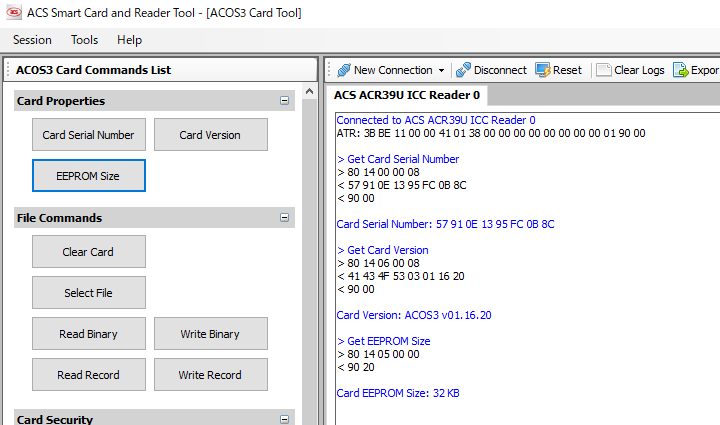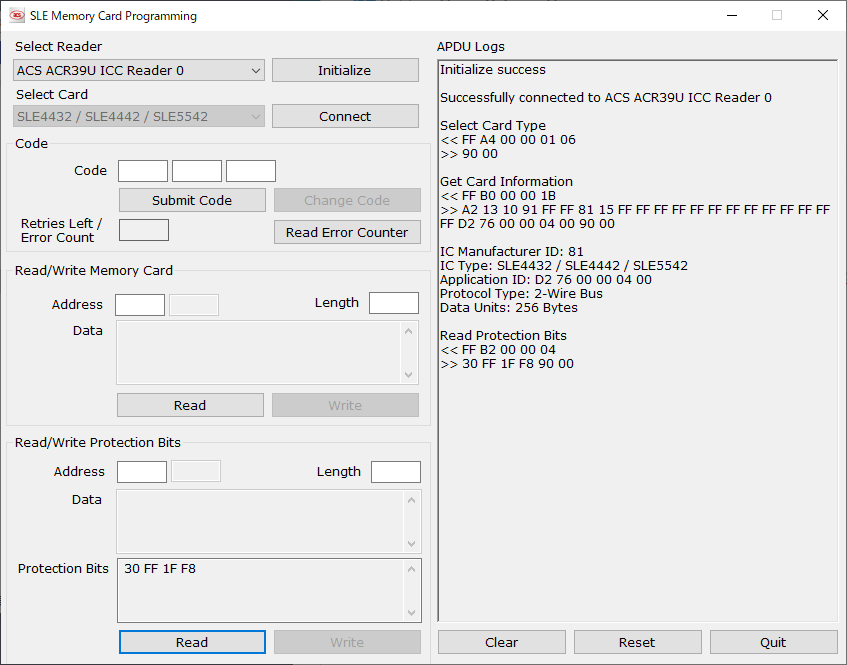開催要領
- 日時: 9月27日(金) 09:00~17:00
- 会場: 〒108-8566 東京都港区芝浦3-1-21 プルマン東京田町
- 費用: 無料
- 言語: 英語、日本語(同時通訳)
- 詳細: https://globalplatform.org/workshop/technical-workshop-september-27-2019-tokyo-japan/?lang=ja



Sample Codes\MS Visual C# .NET 2013\Card Programming\SLE Memory Card\SLE Memory Card Programming\bin\Debugのexeを実行

Enables the user to perform smart card reader and card-related commands
Checks for proper driver installation
Shows the use of the PC/SC API's step-by-step and the parameters that need to be used
Allows the user to communicate with a smart card by using script command files
allows you to send a predefined sequence of smart card commands to your CPU card
カードの交付実績は5月末時点で約1702万枚で、3年後をメドに1億枚以上を目標とする。
2019年04月時点でマイナンバーカードの交付実績 : 1666万枚(人口の13%程度)
2018年12月時点でマイナンバーカードの交付実績 : 1564万枚(人口の12%程度)
